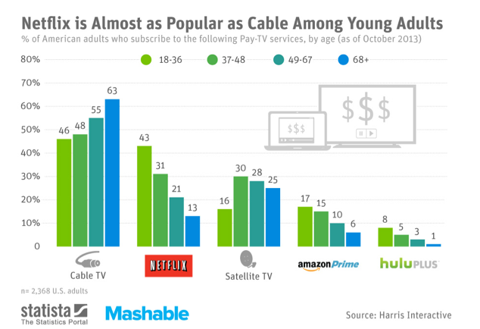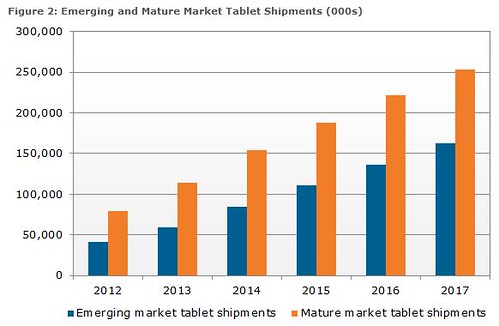Amazon’s TV set-top box is coming next week, says Recode.net. Amazon has invited reporters to gather for an “update on our video business” in New York next Wednesday, April 2. Amazon is considering a free, advertising-supported streaming television and music-video service, a departure from its strategy of linking video to its $99-a-year Prime subscription service, reports the WSJ.
Amazon’s device will compete with the Apple TV box, which has sold 13 million units; Roku, which has sold 8 million units; and Google’s Chromecast, which has said it has sold “millions” of its Chromecast sticks.
Roku’s new $50 streaming stick makes nearly any TV a smart TV. Like Google’s Chromecast, the Roku Streaming Stick only requires your television’s HDMI port — and a nearby USB port or outlet for power.
Unlike Google’s Chromecast, however, the Roku Streaming Stick also has access to the hundreds of free and paid channels that Roku has in its stable including PBS, MGo, Vudu, and ESPN. Roku, however, doesn’t do YouTube, Google Play or Apple iTunes.
 Amazon, however, has access to Amazon Instant Video (formerly Amazon Video On Demand) an Internet video on demand service by Amazon in Germany, Japan, the United Kingdom, and the United States with access to television shows and films for rental and purchase. Amazon’s Prime Instant Video has additional offerings.
Amazon, however, has access to Amazon Instant Video (formerly Amazon Video On Demand) an Internet video on demand service by Amazon in Germany, Japan, the United Kingdom, and the United States with access to television shows and films for rental and purchase. Amazon’s Prime Instant Video has additional offerings.
Netflix, one of the largest sources of streaming films and video, reported 33.1 million U.S. subscribers at the end of 2013.
Amazon Prime Instant Video may not have the same kind of household cachet as streaming services like Netflix or Hulu Plus, but it’s been growing in popularity over the last few years.
Amazon’s tablets may be an important platform for consuming streaming media. For the full calendar year 2013, worldwide tablet shipments totaled 217.1 million units, according to IDC. Meanwhile, China’s tablet shipments during the same period are said to be 90 million units, according to China’s local reports. That translates into China holding a staggering 40 percent share.
For optimal connections, tablets might connect to a WiFi router using 802.11ac, while a wireless connection to a big screen television might be optimized by 802.11ad (WiGig), using the 60 GHz band and streaming standards like Miracast, a peer-to-peer wireless screencasting standard.
Posted on Thu, 27 Mar 2014 19:48:54 +0000 at http://www.dailywireless.org/2014/03/27/...next-week/
Comments: http://www.dailywireless.org/2014/03/27/.../#comments



